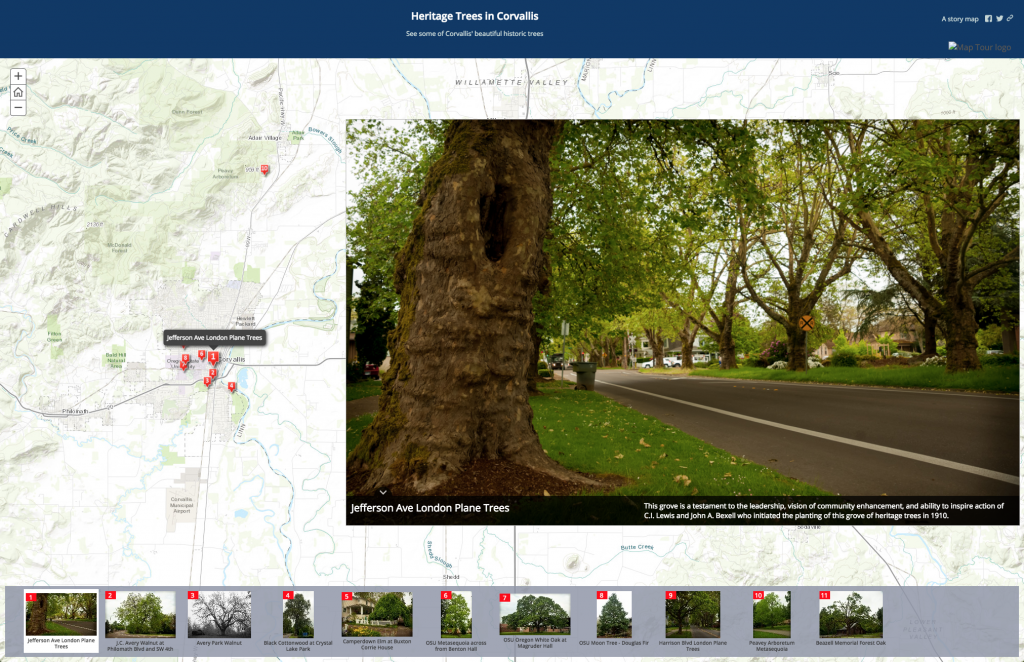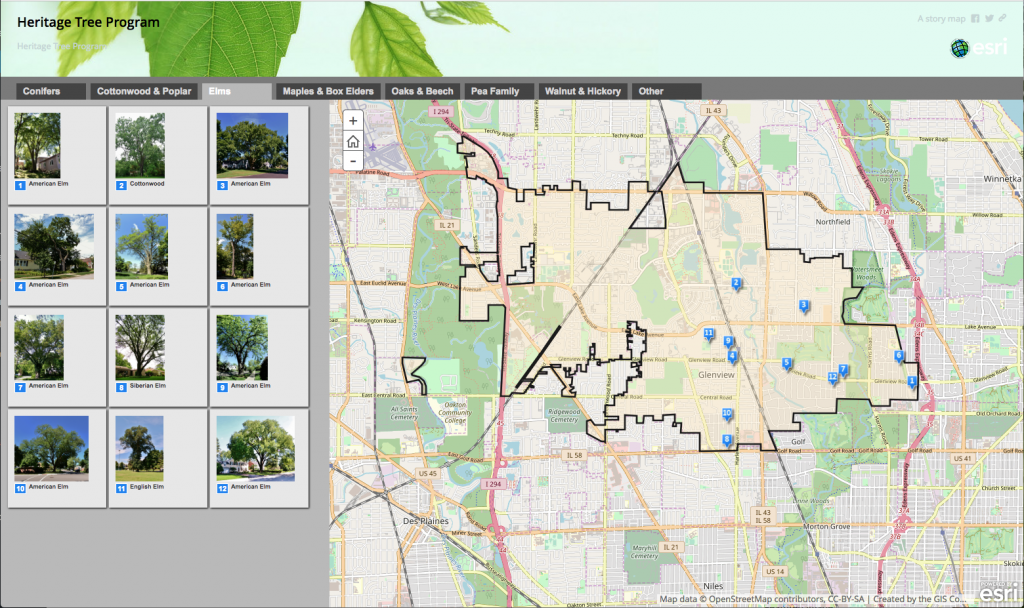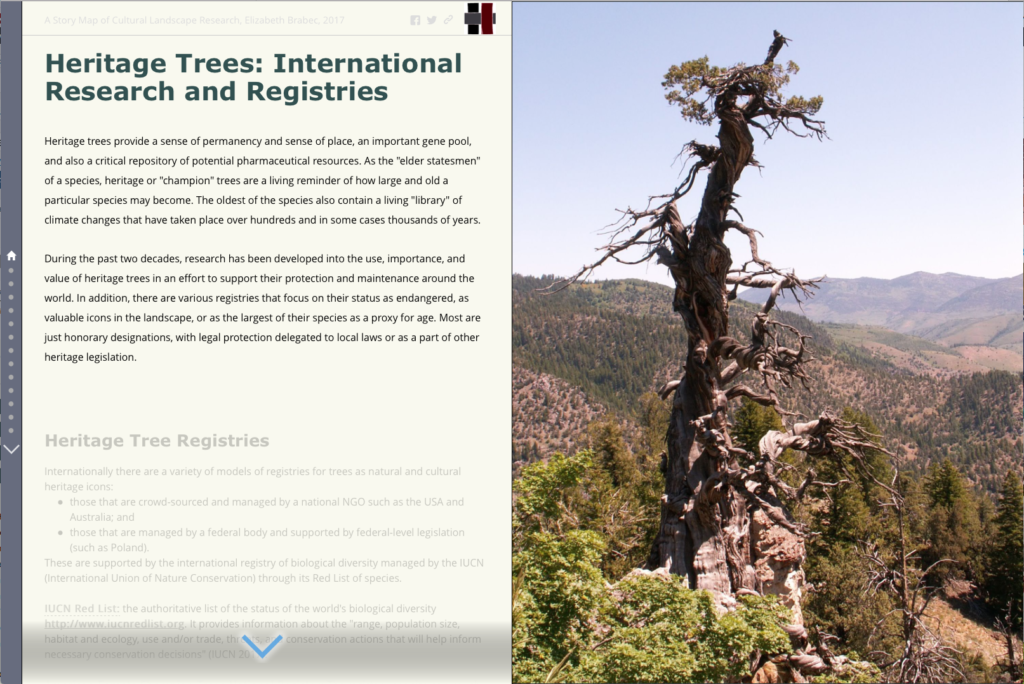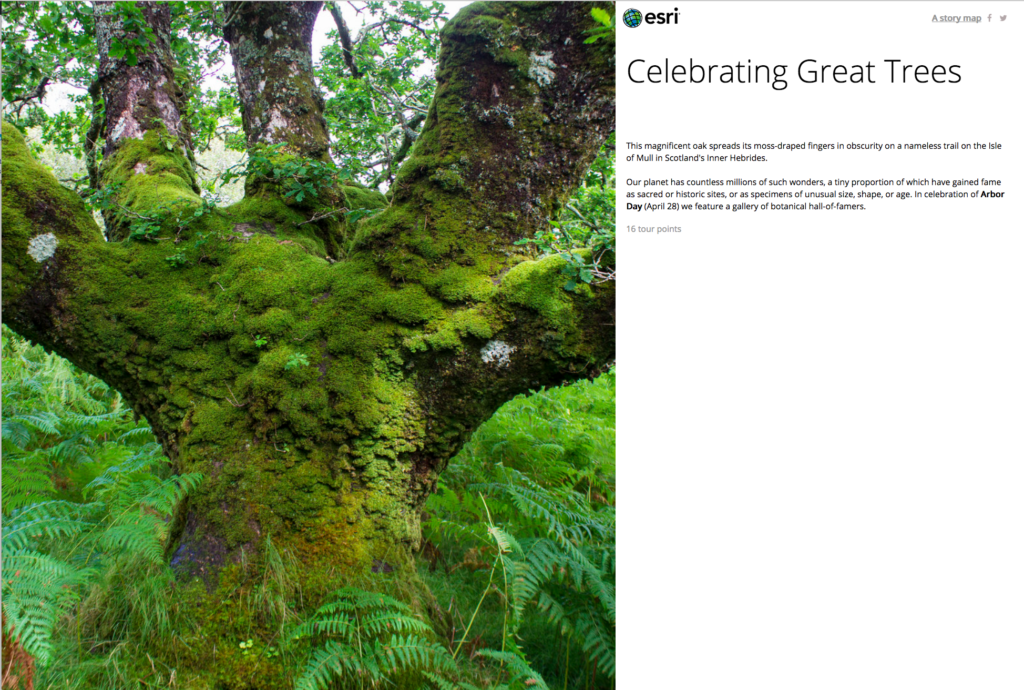Heritage trees provide a sense of permanency and sense of place, an important gene pool, and also a critical repository of potential pharmaceutical resources. As the “elder statesmen” of a species, heritage or “champion” trees are a living reminder of how large and old a particular species may become. The oldest of the species also contain a living “library” of climate changes that have taken place over hundreds and in some cases thousands of years.
During the past two decades, research has been developed into the use, importance, and value of heritage trees in an effort to support their protection and maintenance around the world. In addition, there are various registries that focus on their status as endangered, as valuable icons in the landscape, or as the largest of their species as a proxy for age. Most are just honorary designations, with legal protection delegated to local laws or as a part of other heritage legislation.
Click here to go to the full report on Heritage Trees.
_____________________________________________________________________
Additional Resources:
A review of old, inspiring and culturally significant trees, worldwide.
The Heritage Tree Program of Corvallis, Oregon.
(Parks and Recreation, City of Corvallis. 2018. Heritage Trees in Corvallis. Accessed November 9, 2018 at https://corvallisoregon.maps.arcgis.com/apps/MapTour/index.html?appid=dfa75b74451e4e75825136cea8bd7aba)
The Heritage Tree program of Glenview Illinois.
(GIS Consortium, 2018. Heritage Tree Program. Accessed November 9, 2018 at http://www.gisconsortium.org/WebApps/StoryMaps/VGV/HeritageTrees_Updated/index.html)



